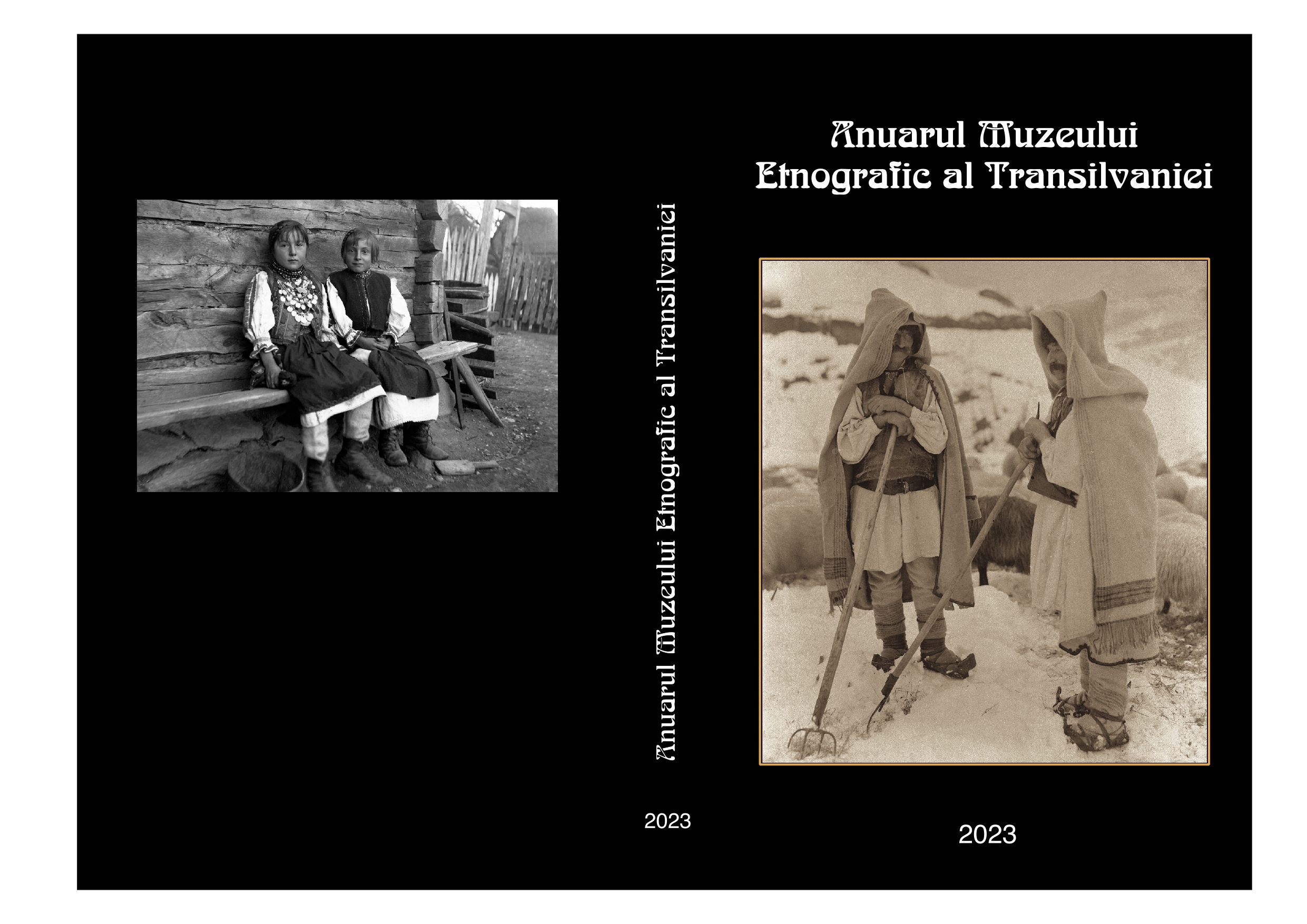Îndepărtarea intervențiilor de reparare parțială a unei farfurii etnografice și restaurarea acesteia
The removal of some partial repair interventions of an ethnographic plate and its restoration
Author(s): Dana BenkaraSubject(s): Anthropology
Published by: MUZEUL ETNOGRAFIC AL TRANSILVANIEI
Keywords: ceramic restoration; acrylic putty; sanding; retouching; glazing
Summary/Abstract: The piece that represents the object of the restoration intervention presented in this article is an ethnographic ceramic plate, belonging to a private collection. The plate can be attributed to the Drăușeni ceramic center, as being manufactured in a Saxon guild workshop, in the 19th century. Marked by quite pronounced functional wear, several forms of degradation were present both on the face and the back of the plate: enamel erosions, various scratches, small chips with loss of ceramic material, losses and gaps of the transparent enamel and the white slipware below, irregular networks of very fine cracks in the transparent enamel. The most severe of the damages, was the crack that occurred following a mechanical shock, with irregular development, over a length of approximately 14 cm, recording losses of ceramic material. In order to „fix” the effects of the mechanical accident, the piece was subjected, at one point, to attempts of sealing the crack area and mask it. The actual restoration process referred to the following: the wet cleaning of the plate; chemical and mechanical removal of the old filling material; reinforcement of the cracked area by infiltrating a transparent adhesive; strengthening the sharp edges of the enamel lacunae using an acrylic resin; filling of the larger gaps with fine plaster and of smaller ones with acrylic putty; careful dry‑sanding of the filled areas with sandpaper of different grits. The retouch of the filling areas was done in tones close to the original ones and within the perimeter of the gap. Acrylic colours were used for the touch‑up on the back of the plate, then covered with a final water‑based acrylic protective film. For the face of the plate, the retouching was executed by means of skimmed oil colours and solvent‑based acrylic varnish. This technique allowed thin layers of colour to be applied, like glazes, to achieve an effect as close as possible to that of ceramic enamel. After drying, the retouching areas were brushed with a final layer of acrylic gloss varnish. A unitary surface was thus obtained from a visual point of view, while preserving the functional wear of the plate.
Journal: Anuarul Muzeului Etnografic al Transilvaniei
- Issue Year: 2023
- Issue No: 13
- Page Range: 133-140
- Page Count: 8
- Language: Romanian
- Content File-PDF

